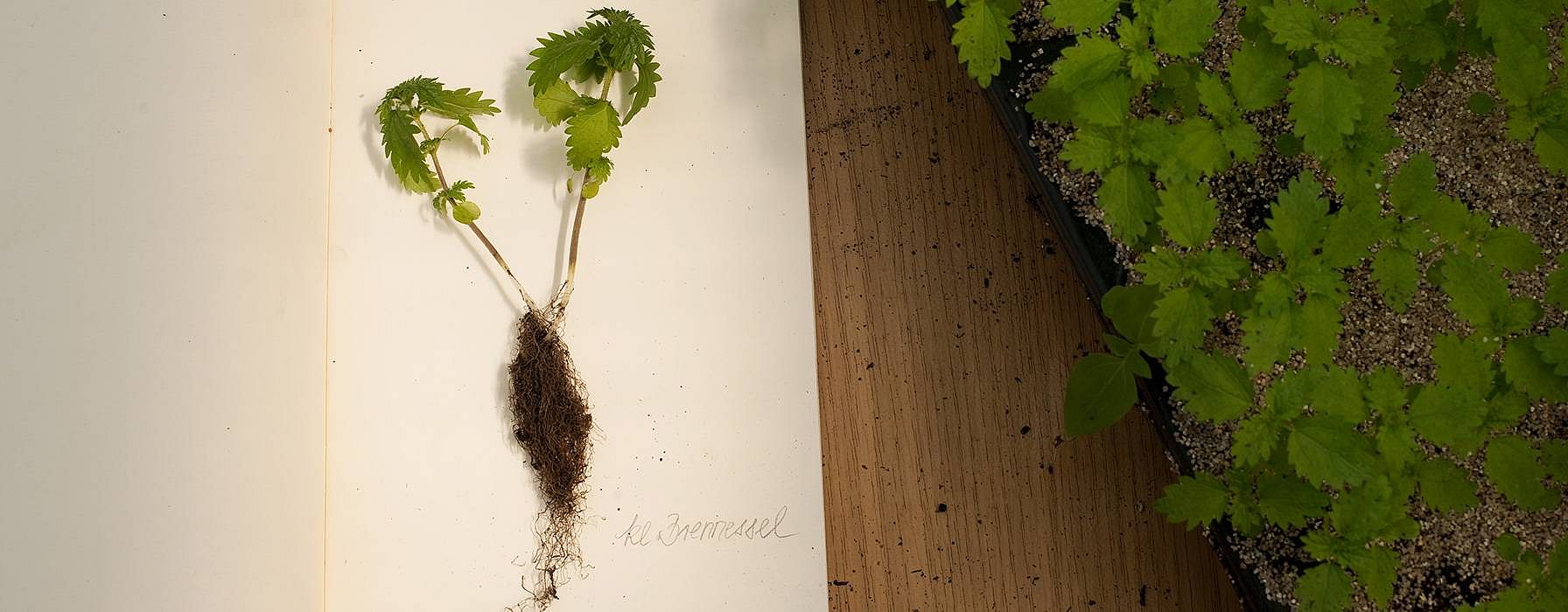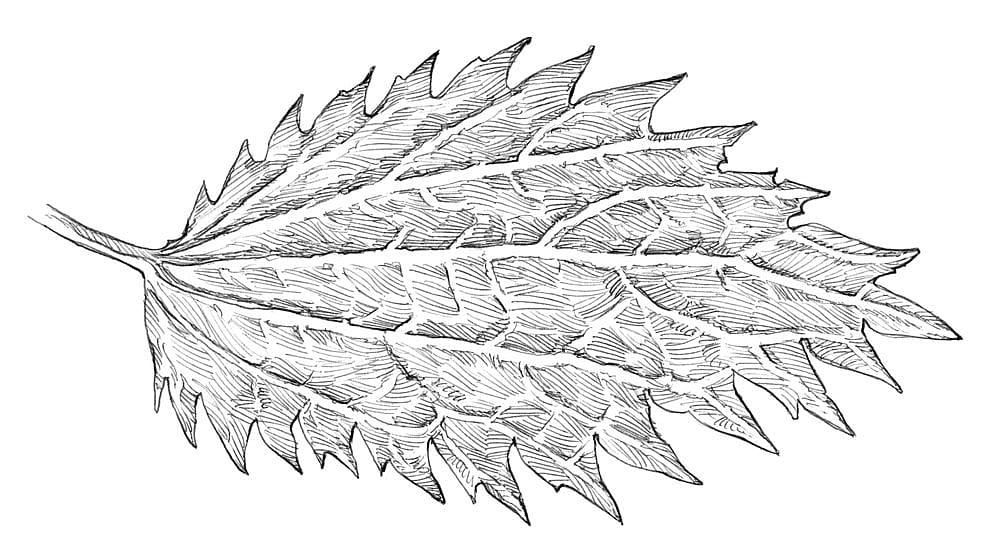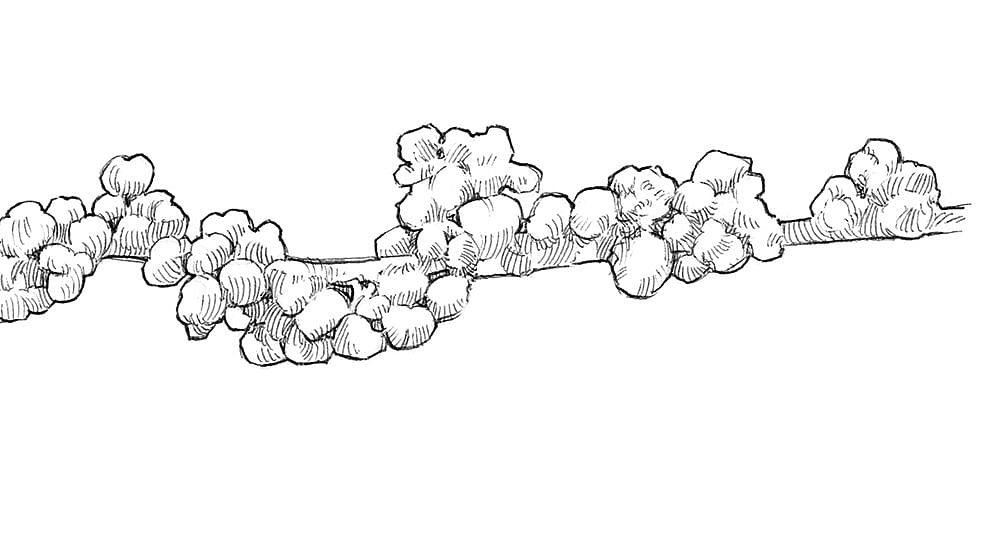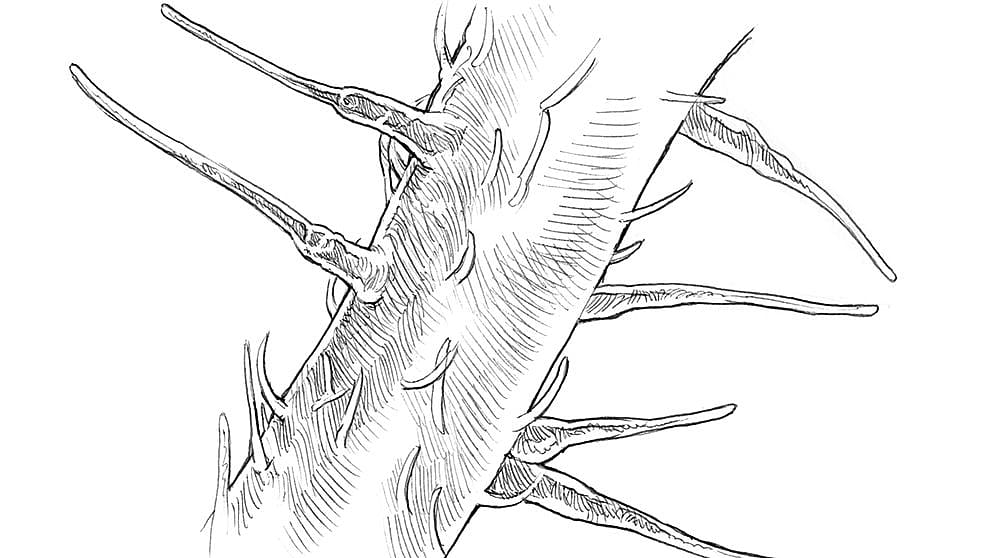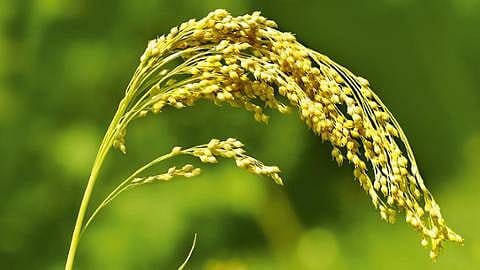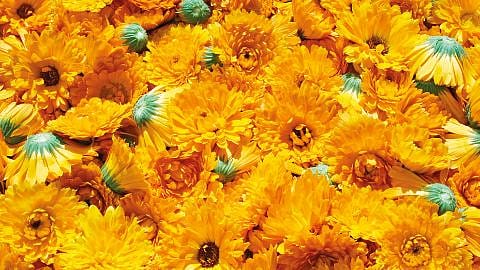Botanical Profile: Small Nettle
Commonly growing around fields, at the roadside or on wasteland, this plant usually goes unnoticed until we accidently touch it. Thanks to its small stature, the small nettle is somewhat less conspicuous than its cousin, the stinging nettle, but all the more intense in its effects.
Urtica urens, its botanical name, can be translated as “burning nettle”. This distinct characteristic makes it a valuable medicinal herb.
Leaves
The annual plant reaches a maximum height of 60 cm. Its leaves have deeply jagged, toothed edges, which are covered with erect, stinging hairs. The leaves sprout in pairs on opposite sides of the stem; each pair grows at 90 degrees to its predecessor. This is known as a decussate leaf pattern.
Flowers and nuts
In the summer, the leaf axils sprout flower clusters comprised of a multitude of tiny, spherical blossoms. The small nettle is monoecious, meaning that some of its branches have male flowers, while others sprout female flowers. After fertilisation, small, lentil-shaped nuts emerge – these are the plant’s fruits.
Plant stem
The stem of the small nettle has four sides. This is a feature of most nettle species. It is also covered in stinging hairs.
Stinging hairs
The entire plant is covered in rigid silica-rich stinging hairs. These can puncture the skin barrier upon contact. A mixture of formic acid, acetylcholine, histamine and serotonin then seeps into the tiny wounds, resulting in the characteristic burning sensation and redness of the skin.
Healing properties
Since antiquity, people have used nettle as a medicinal herb. In the Middle Ages, it was used medically by Hildegard von Bingen and the scholar Paracelsus, amongst others. Extracts from the small nettle help to relieve burning pains and regulate inflammatory processes. Because of these properties, extracts from the plant are used in Anthroposophic Medicine to treat insect bites, sunburn and mild burns.
Additional information
Nettles on the skin: Nettle fibres can be spun into a fine thread. Clothing made from nettle fibres are among the world’s oldest textiles. Nettle was formerly known as “poor man’s linen”. Both light and comfortable, nettle fabric is being rediscovered today as a material for its attractive sheen and its warming, skin-friendly properties.
